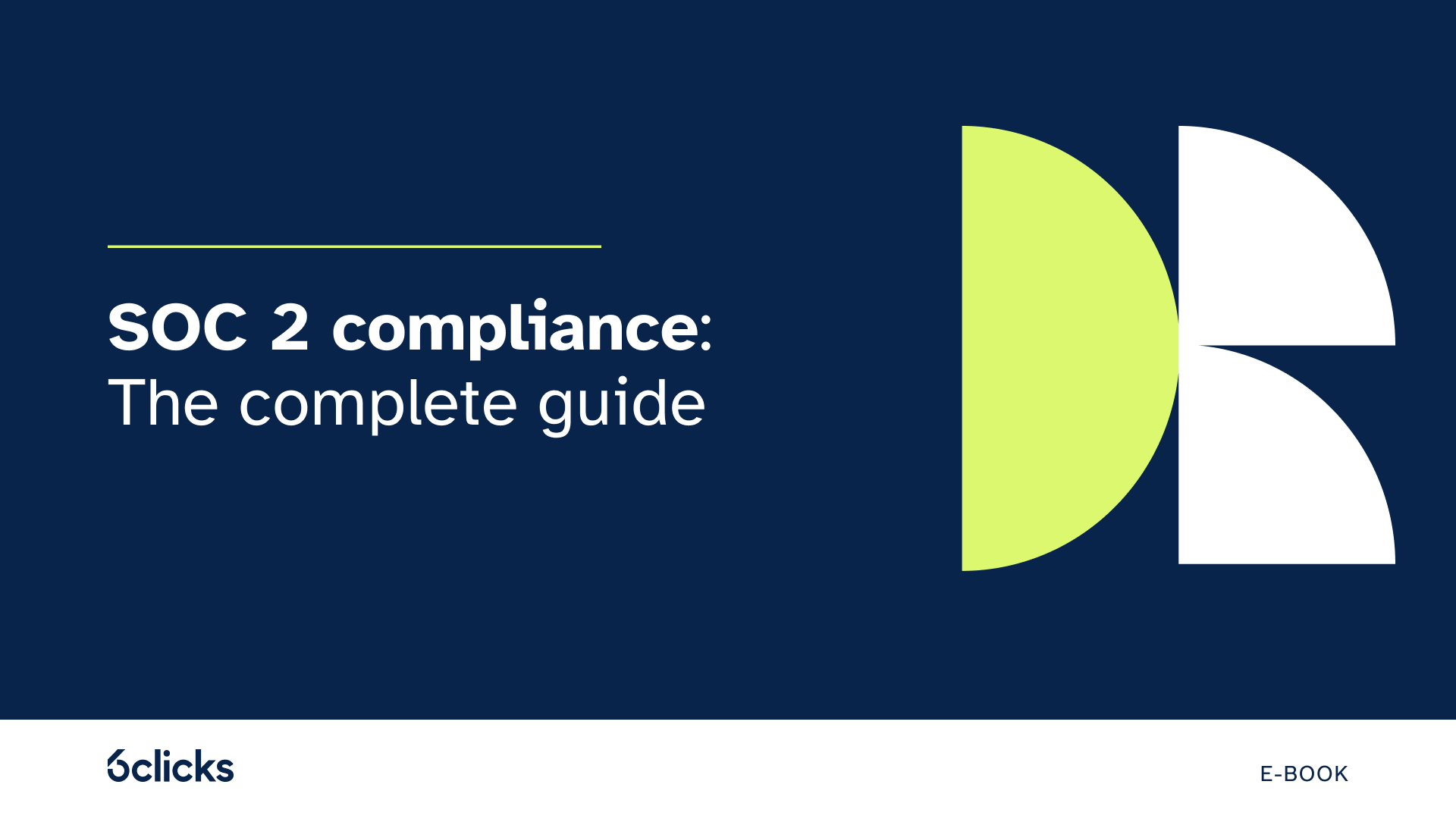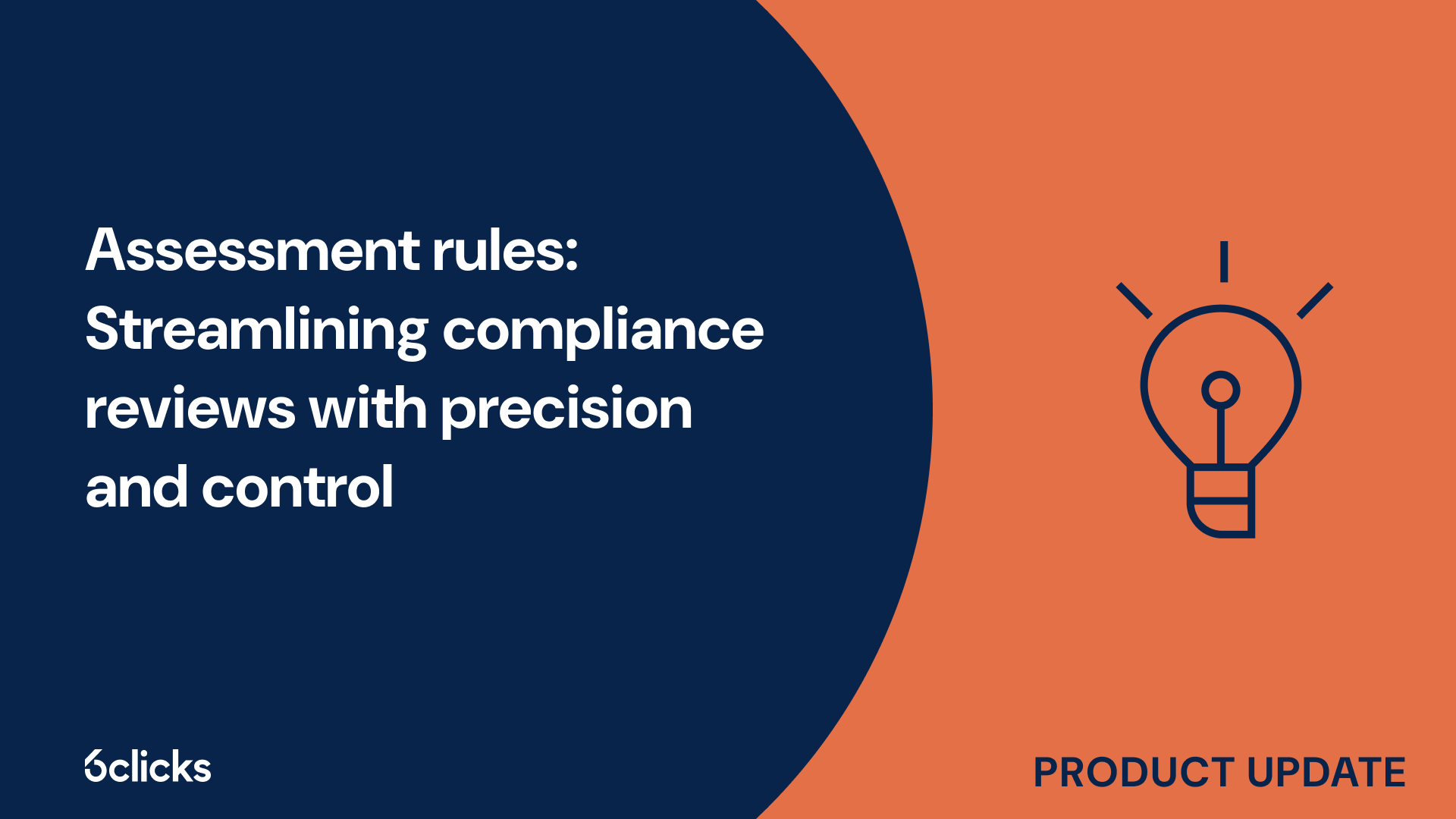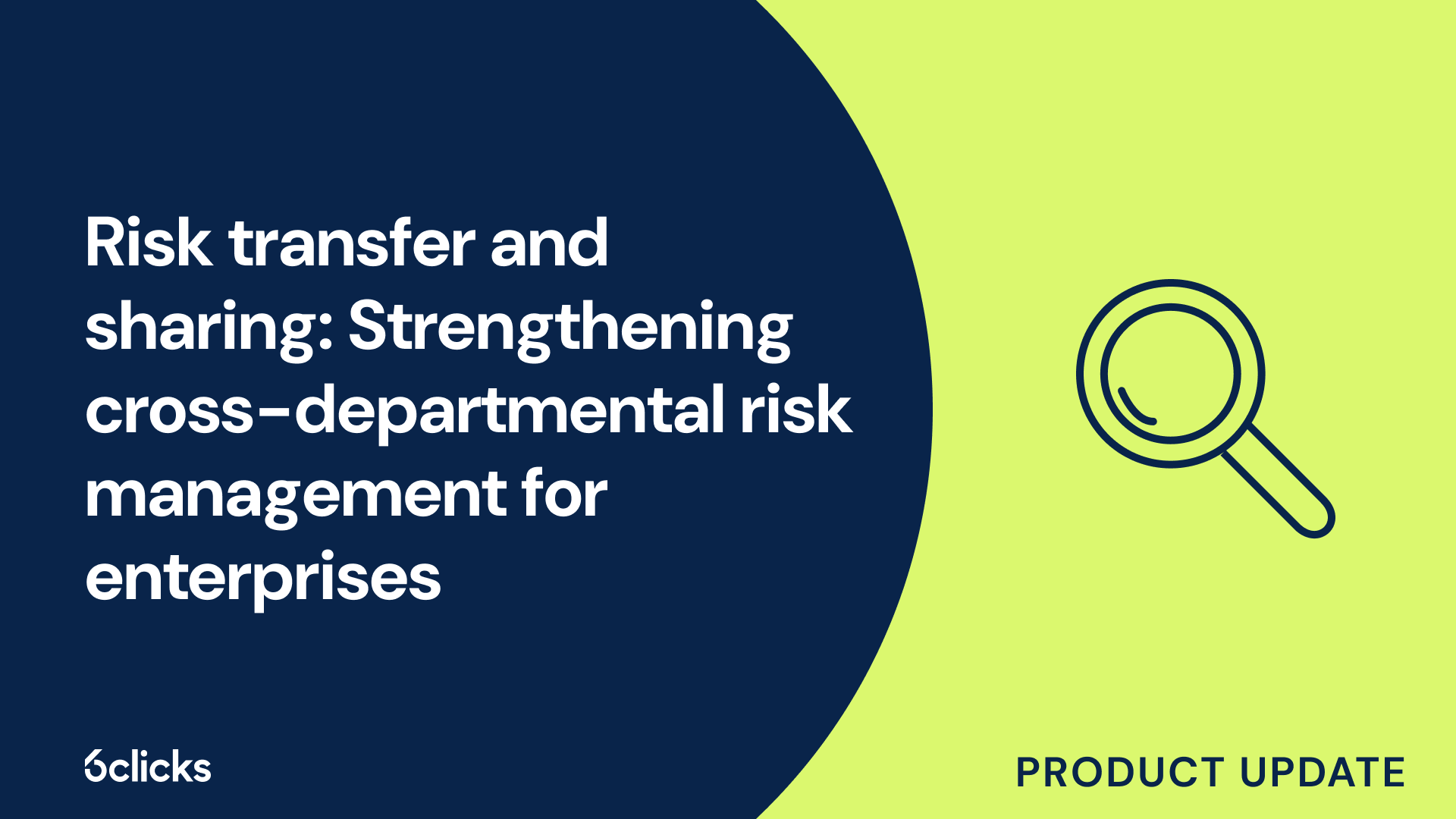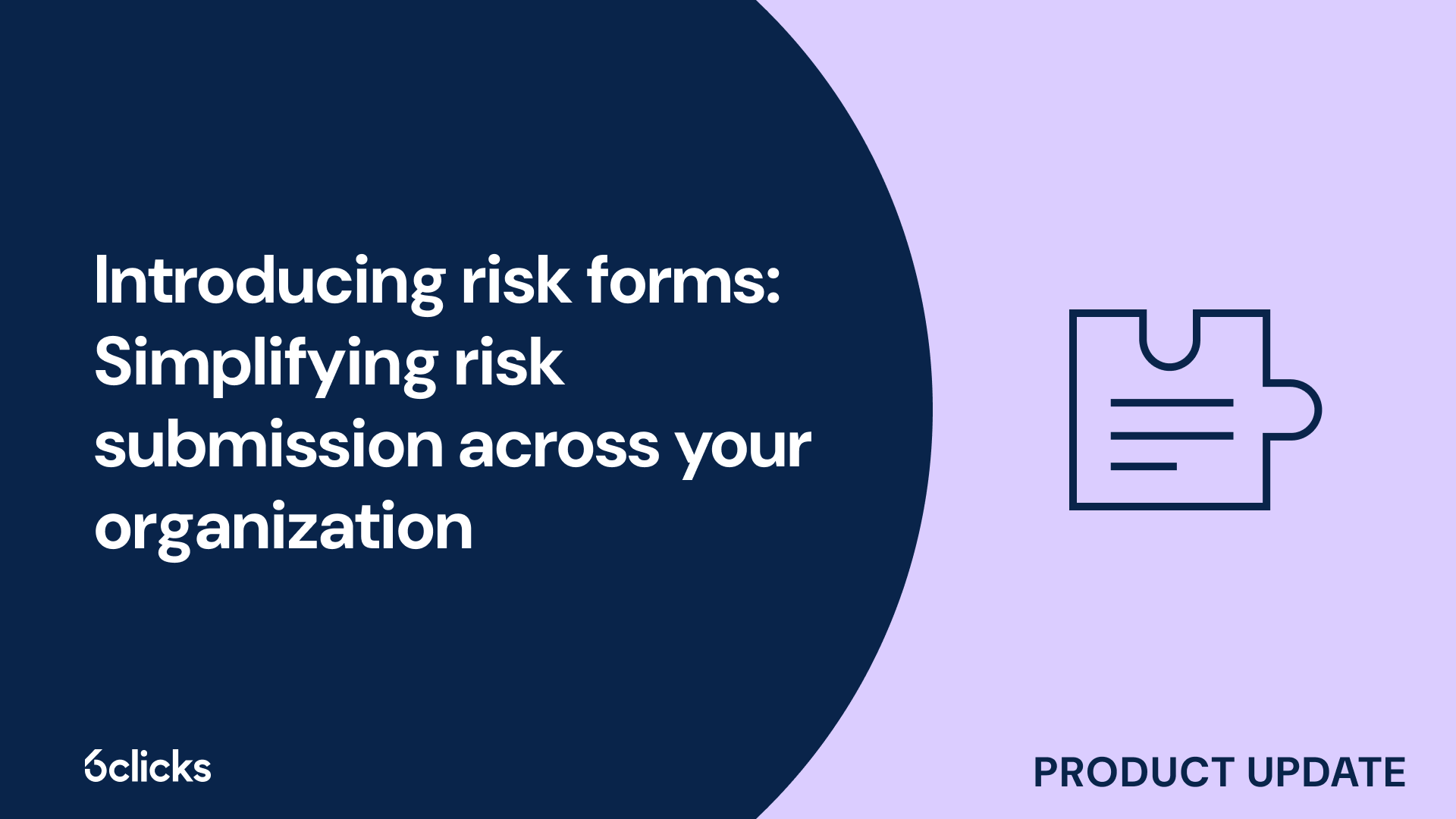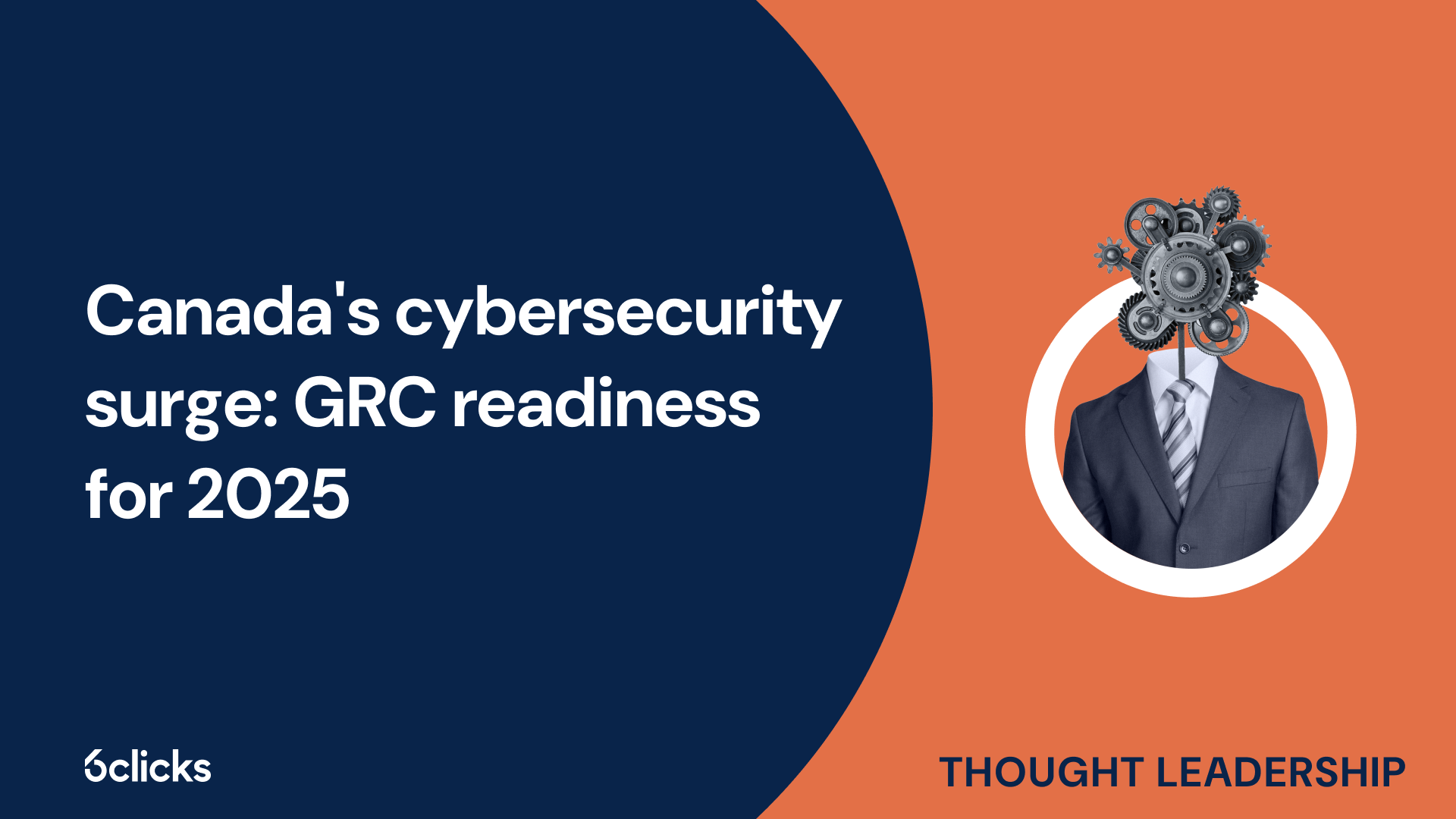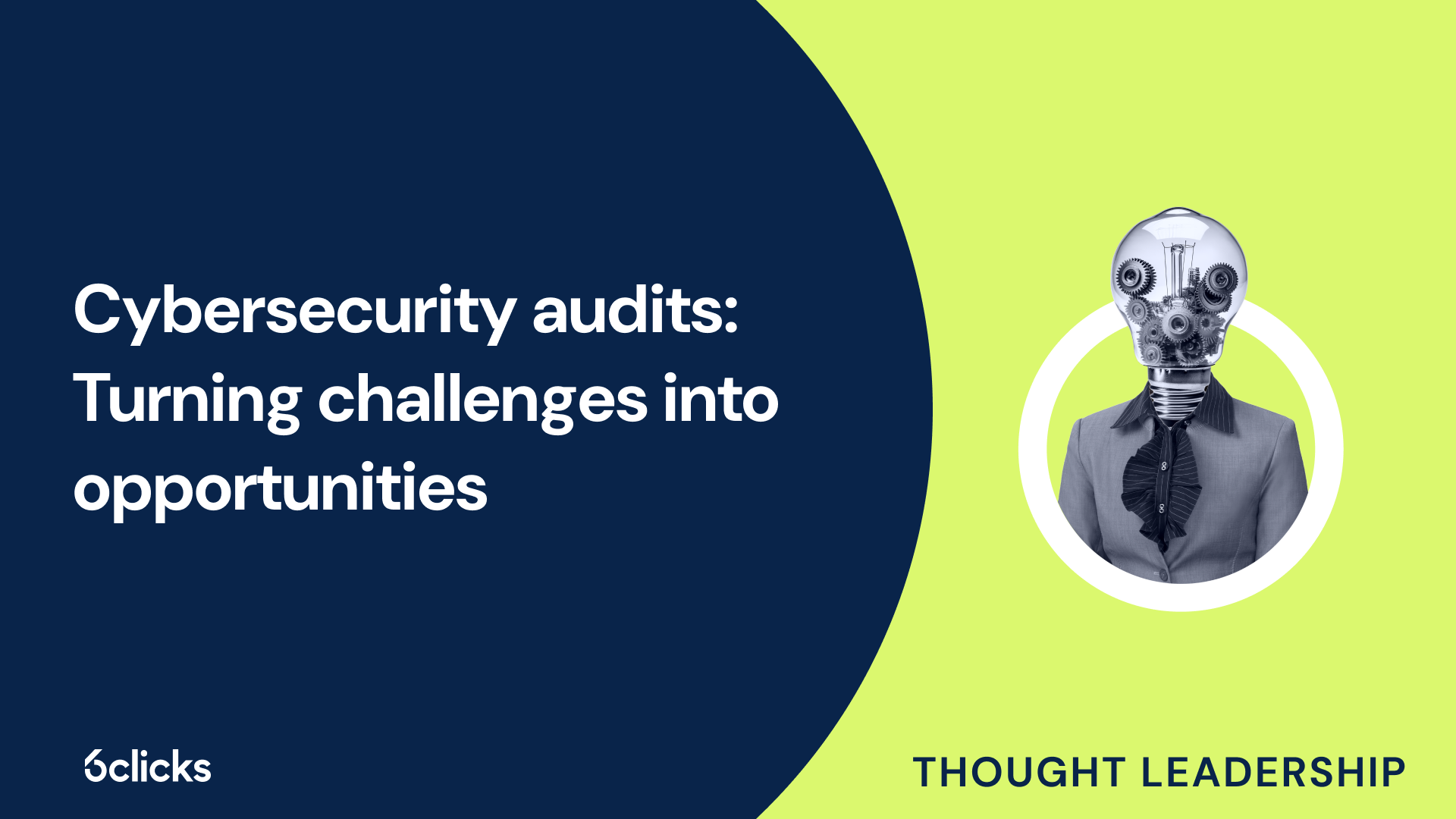The GRC buyer’s guide for 2025: Building resilience with AI-powered, federated solutions
Discover the ultimate GRC buyer's guide for 2025! Uncover how AI-powered, federated solutions transform compliance and security management for industries like government, aerospace, banking, and more. Learn about centralized control, continuous compliance, and advanced cyber GRC capabilities. Download now!
-1.png?width=200&height=249&name=Group%20193%20(1)-1.png)
The GRC buyer’s guide for 2025: Building resilience with AI-powered, federated solutions
What are the five objectives of planning for security?
Security planning is a critical component of any organization’s strategy to protect its assets, data, and personnel. Without a well-structured security plan, organizations are vulnerable to cyber threats, physical breaches, and operational disruptions. To effectively mitigate risks, security planning must focus on five key objectives: prevention, deterrence, detection, delay, and response. These objectives work together to ensure a comprehensive security strategy that minimizes threats and enhances overall safety.
1. Prevention
The first objective of security planning is prevention. Prevention involves implementing proactive measures to eliminate or reduce security risks before they can manifest as threats. By establishing strong security policies, deploying protective technologies, and fostering a culture of security awareness, organizations can significantly lower their vulnerability to attacks.
Key prevention strategies include:
- Implementing robust security controls such as encryption and endpoint security.
- Conducting regular risk assessments to identify and mitigate potential security gaps.
- Providing security awareness training to employees to minimize human-related vulnerabilities.
By prioritizing prevention, organizations create a strong first line of defense, reducing the likelihood of security incidents before they occur.
2. Deterrence
The second objective of security planning is deterrence. Deterrence involves implementing measures that discourage potential threats from targeting an organization. By making security risks visible and enforcing strict security policies, organizations can reduce the likelihood of attacks.
Deterrence strategies include:
- Deploying visible security measures such as surveillance cameras, alarms, and security personnel.
- Establishing and enforcing strict access control policies.
- Using strong authentication methods such as biometrics and multi-factor authentication (MFA) to prevent unauthorized access.
By demonstrating a strong security posture, organizations make it clear that they are not an easy target, thereby discouraging potential attackers.
3. Detection
Detection is the third objective of security planning and focuses on identifying security breaches as they occur. Timely detection allows organizations to take immediate action and prevent potential damage from escalating.
Effective detection measures include:
- Implementing intrusion detection systems (IDS) and firewalls to monitor network activity.
- Using surveillance cameras and motion detectors for physical security monitoring.
- Conducting regular audits and vulnerability assessments to identify potential weaknesses.
- Utilizing artificial intelligence and machine learning for real-time threat detection.
The faster an organization detects a threat, the better it can respond to mitigate the impact. Therefore, investing in advanced detection systems is essential for effective security planning.
4. Delay
The fourth objective of security planning is delay. Delay measures are designed to slow down the progress of an attack, giving security teams enough time to respond effectively. Even if deterrence and detection fail, delaying an attacker can help prevent significant damage.
Key delay strategies include:
- Implementing multi-layered security protocols to slow down cyber attackers.
- Creating segmented network architecture to limit access to sensitive data and systems.
- Employing automated security protocols that activate countermeasures when threats are detected.
By incorporating these delay tactics, organizations can significantly reduce the chances of a successful attack, providing security teams with valuable time to act.
5. Response
The final objective of security planning is response. Even with the best preventive measures, security incidents can still occur. A well-structured response plan ensures that an organization can quickly and effectively contain and recover from security breaches.
Effective response strategies include:
- Developing an incident response plan that outlines steps to be taken during a security breach.
- Training employees and security personnel on emergency procedures.
- Establishing communication protocols to notify relevant authorities and stakeholders.
- Implementing disaster recovery and business continuity plans to minimize downtime and operational disruptions.
A strong response plan ensures that an organization can recover quickly, reducing financial and reputational damage caused by security incidents.
Conclusion
Security planning is essential for protecting an organization from potential threats. The five objectives of prevention, deterrence, detection, delay, and response work together to create a robust security strategy. By implementing these objectives effectively, organizations can safeguard their assets, maintain business continuity, and build trust with customers and stakeholders.
- Control & compliance management: Set up, manage, and assess controls against compliance requirements
- Continuous monitoring: Conduct automated tests and verify real-time control effectiveness
- Audits & assessments: Streamline audits and assessments with turnkey templates and AI-powered automation
Learn how to enhance your organization's security strategy with cutting-edge solutions and expert guidance from 6clicks.





